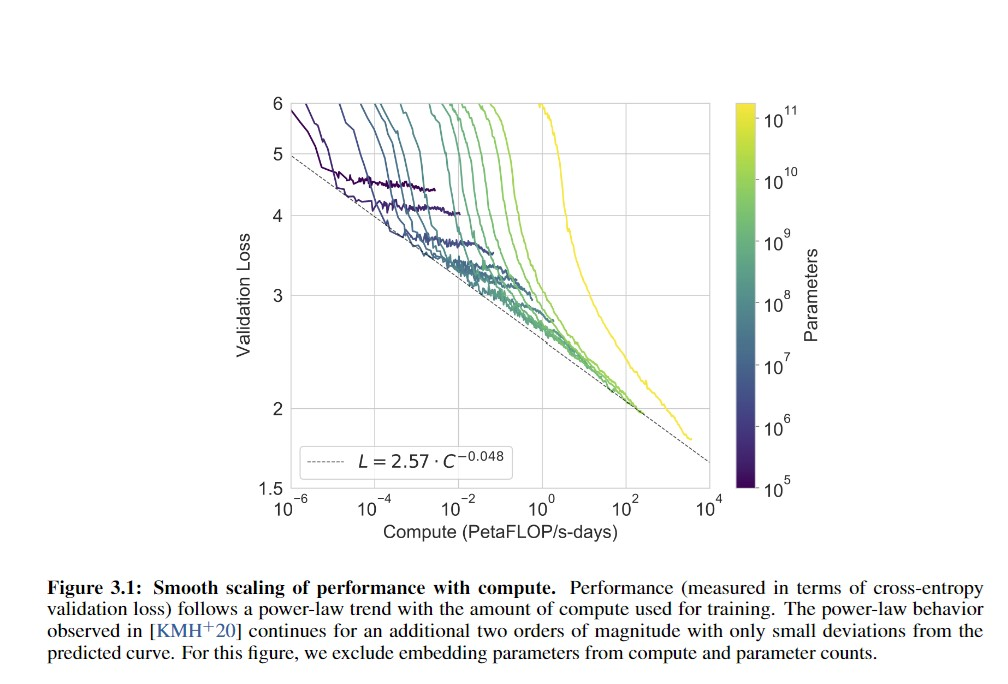I look at graphs like these (From the GPT-3 paper), and I wonder where human-level is:

Gwern seems to have the answer here:
GPT-2-1.5b had a cross-entropy validation loss of ~3.3 (based on the perplexity of ~10 in Figure 4, and ). GPT-3 halved that loss to ~1.73 judging from Brown et al 2020 and using the scaling formula (). For a hypothetical GPT-4, if the scaling curve continues for another 3 orders or so of compute (100–1000×) before crossing over and hitting harder diminishing returns, the cross-entropy loss will drop, using to ~1.24 ().
If GPT-3 gained so much meta-learning and world knowledge by dropping its absolute loss ~50% when starting from GPT-2’s near-human level, what capabilities would another ~30% improvement over GPT-3 gain? What would a drop to ≤1, perhaps using wider context windows or recurrency, gain?
So, am I right in thinking that if someone took random internet text and fed it to me word by word and asked me to predict the next word, I'd do about as well as GPT-2 and significantly worse than GPT-3? If so, this actually lengthens my timelines a bit.
(Thanks to Alexander Lyzhov for answering this question in conversation)
Might as well finish out this forecasting exercise...
If we assume compute follows the current trend of peak AI project compute doubling every 3.4 months, then 2.2e6× more compute would be log2(2.2e6) = 22 doublings away - or 22*(3.4/12) = 6.3 years, or 2027. (Seems a little unlikely.)
Going the other direction, Hernandez & Brown 2020's estimate is that, net of hardware & algorithmic progress, the cost of a fixed level of performance halves every 16 months; so if GPT-3 cost ~$5m in early 2020, then it'll cost $2.5m around mid-2021, and so on. Similarly, a GPT-human requiring 2.2e6× more compute would presumably cost on the order of $10 trillion in 2020, but after 14 halvings (18 years) would cost $1b in 2038.
Metaculus currently seems to be roughly in between 2027 and 2038 right now, incidentally.